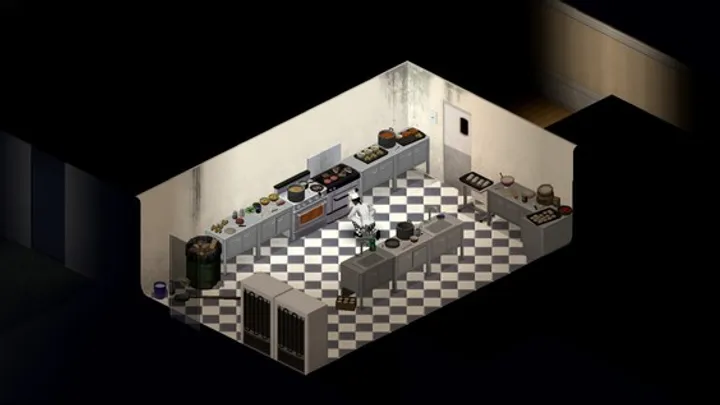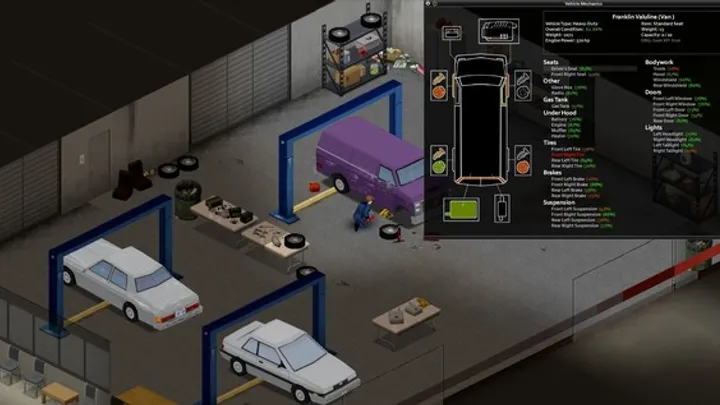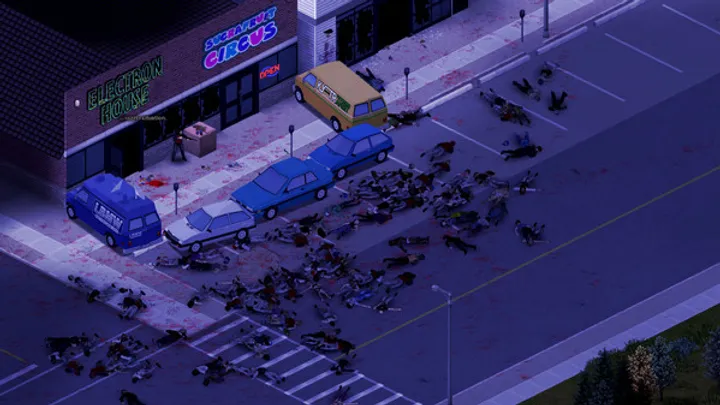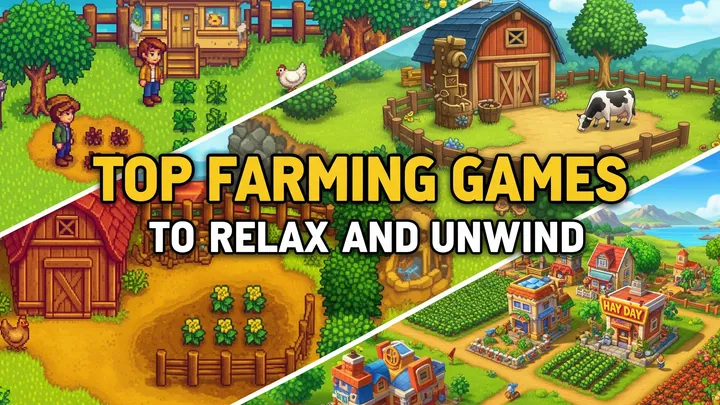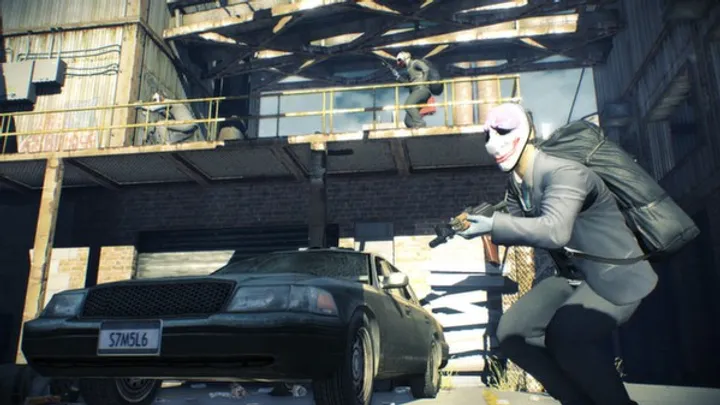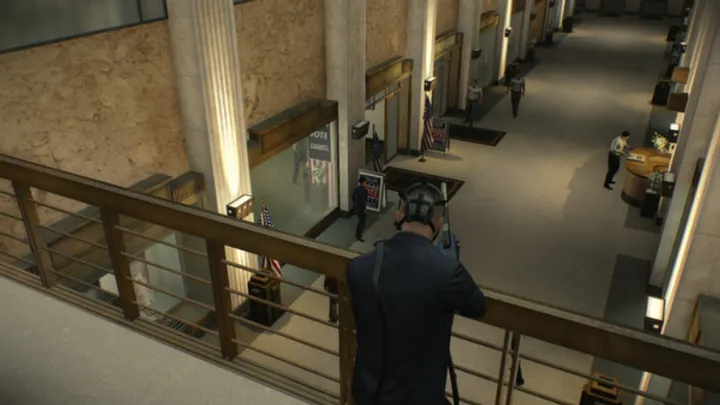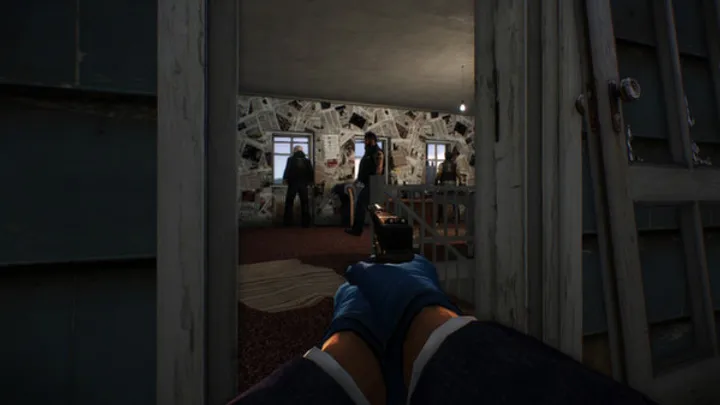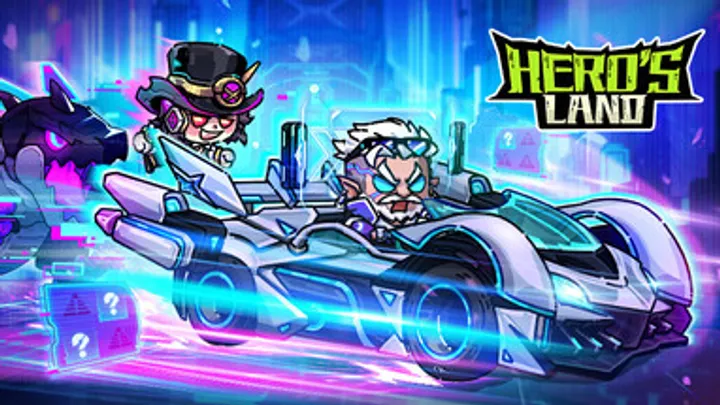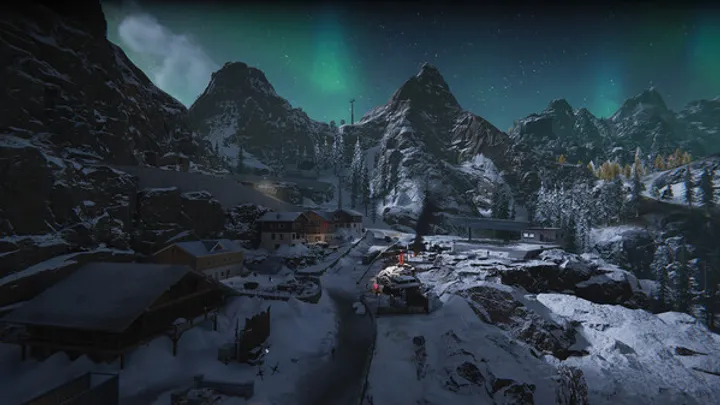Introduction
Shadowverse: Worlds Beyond is the highly anticipated sequel to the original Shadowverse, bringing a revamped card battle system, new mechanics, and an immersive RPG experience that merges real-time exploration with strategic deckbuilding. With its upgraded visuals and mechanics, it's both a continuation and a reinvention, challenging both veterans and newcomers to step into a world of fantasy, tactics, and competition.
In this guide, we'll walk you through the key stages of mastering Shadowverse: Worlds Beyond, from the first download to high-level ranked play. Whether you're a solo player exploring the new story or a PvP enthusiast climbing the leaderboards, this how-to article will equip you with everything you need.
Getting Started: Download and Setup
Before diving into card battles and deck synergy, you need to get the game installed and optimized.
Shadowverse: Worlds Beyond is available on multiple platforms including PC, iOS, and Android. Start by visiting the official website or your device’s app store. Once downloaded, follow the setup instructions to link your game to a Cygames account for cloud saves and data transfer between devices.
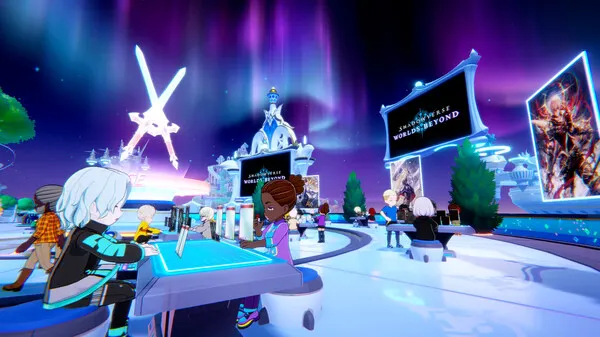
After installation, choose your display settings and complete the initial download of assets. The game offers both high-resolution and standard settings depending on your hardware. For smoother performance on older devices, opt for standard quality and lower frame rates.</p> Understanding the Core Mechanics
Learning the basics of card battle mechanics is crucial to surviving your first matches.Shadowverse: Worlds Beyond retains the turn-based mechanics of the original but introduces real-time exploration in story mode. In battles, each player uses a deck of 40 cards and starts with 20 defense points. You play cards using play points (PP), which increase each turn, allowing stronger plays as the game progresses. The game features several card types: followers, spells, and amulets. Followers are your primary attackers, spells offer tactical advantages, and amulets provide ongoing passive effects. Understanding how these cards interact is essential to winning consistently.
Each class represents a different playstyle and deck-building philosophy. There are multiple classes (also called leaders) such as Forestcraft, Swordcraft, Runecraft, Dragoncraft, and new additions exclusive to Worlds Beyond. Each class has unique cards, abilities, and strategies. For instance, Forestcraft relies on combo and multiple plays per turn, while Dragoncraft focuses on ramping PP quickly for powerful plays. Choosing the right leader is a mix of preference and playstyle. Beginners might find Swordcraft more straightforward, while advanced players may enjoy the high-skill ceiling of Runecraft or Shadowcraft. Play each class in solo missions to see which one resonates most with you.
Constructing a balanced, synergistic deck is your first step toward becoming competitive.
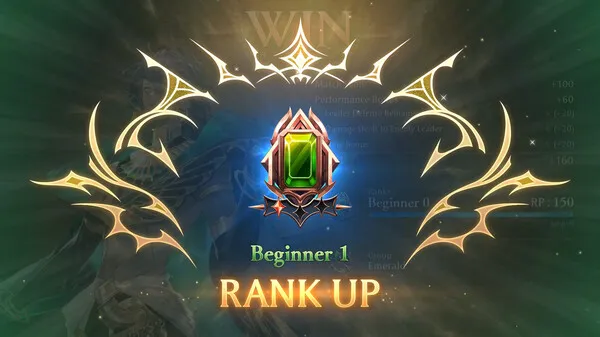
Deckbuilding in Worlds Beyond follows the 40-card rule, with no more than 3 copies of the same card. Use the in-game deck builder to sort cards by cost, effect, and rarity. Start with a basic deck provided by the game and gradually customize it with new cards you earn from missions or gacha pulls. Focus on building a mana curve—having a good balance of low, mid, and high-cost cards ensures you can play something every turn. Also, include cards that synergize with your class mechanic. For example, if you're playing Runecraft with a Spellboost engine, load up on spells that reduce the cost of powerful finishers.
Progressing Through the Story Mode
The story mode offers not only lore but also valuable rewards and practice opportunities.
Worlds Beyond introduces an explorable RPG-style overworld where you can engage in quests, talk to NPCs, and uncover hidden areas. These story missions teach the game’s mechanics and reward you with cards, currency, and cosmetics. Completing them is essential for a new player’s progression. Early chapters are designed as tutorials, gradually introducing mechanics like evolve, resonance, and the new "World Skills" unique to this installment. Later chapters increase in difficulty and provide challenges that require good deckbuilding and tactical decision-making.</p> Unlocking and Earning Cards Efficiently
Card acquisition is central to building better decks and trying new strategies.There are several ways to earn new cards in Worlds Beyond: story rewards, daily missions, event participation, and card packs obtained through in-game currency or microtransactions. Play every day to maximize login bonuses and complete missions for rupies (gold currency). Participate in events and temporary formats like Grand Prix or limited-time solo adventures. These often give out exclusive cards or materials. Don't forget to dismantle unused cards for vials, which can be used to craft the exact cards you need.
Understanding Evolve and New Mechanics
Mastering advanced mechanics sets you apart from casual players.Evolve is a key mechanic returning in Worlds Beyond. After a few turns, you can evolve followers to boost stats and activate powerful abilities. Use it wisely—evolve can shift the tempo in your favor or secure board control. Each class has different synergy with evolve mechanics. New mechanics in Worlds Beyond include "World Skills," which are passive effects based on the game world or stage. Some story battles let you activate terrain-based effects, while PvP modes may introduce rotating rulesets. Learn how to exploit these changes to gain the upper hand.
Climbing Ranked Mode
If you're aiming for the top, ranked play is where the competition heats up.Ranked matches are unlocked early and allow you to test your decks against other players. You'll begin at Bronze and climb through Silver, Gold, and beyond based on wins. Winning increases your score and tier, while losing can cost points at higher levels. To climb efficiently, stick with one or two optimized decks that you know well. Watch meta reports and adapt your build to counter popular decks. For instance, if aggro decks dominate the ladder, include more healing or board clears in your deck to counter them.
Participating in Events and PvP Modes
Special events and PvP challenges are great for fun and fast-paced rewards. Worlds Beyond offers several PvP formats including Grand Prix, Take Two (draft mode), and special event brawls. These often come with unique rules—like limited card pools or restrictions—and force players to think differently about strategy. Take Two is particularly helpful for learning card value and decision-making. Since you build a deck from semi-random options, it's great practice for evaluating cards without relying on meta knowledge. Always participate in these events—they reward card packs, vials, and exclusive cosmetic items.
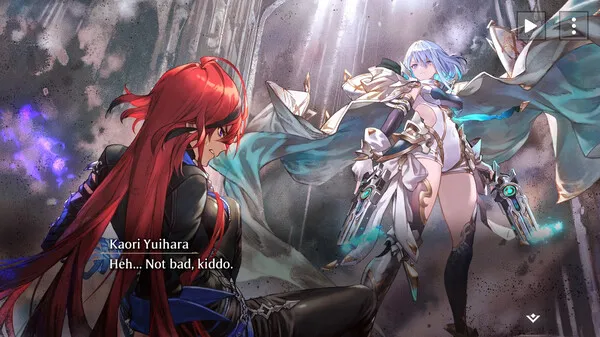
Tips for Improving and Staying Competitive
Ongoing improvement requires both practice and community engagement. Success in Shadowverse: Worlds Beyond comes from understanding your deck, predicting your opponent’s plays, and refining strategy. Review replays of your matches, especially losses, to understand what went wrong. Was it a misplay? A deck issue? Bad draw? Stay connected with the community through Discord servers, Reddit, YouTube channels, and streamers. These sources often provide decklists, patch updates, and gameplay analysis that help you stay current with the evolving meta. Don’t hesitate to netdeck as a learning tool, then modify based on your playstyle.
Conclusion
Mastering Shadowverse: Worlds Beyond is a rewarding journey filled with strategy, lore, and competitive excitement. From understanding basic mechanics to fine-tuning ranked strategies, every step brings new challenges and satisfaction. By choosing a class that fits your style, building smart decks, and participating in every mode the game offers, you’ll grow from a casual player to a seasoned card master. Remember, like any competitive game, consistent practice, adaptability, and learning from your mistakes are key.








